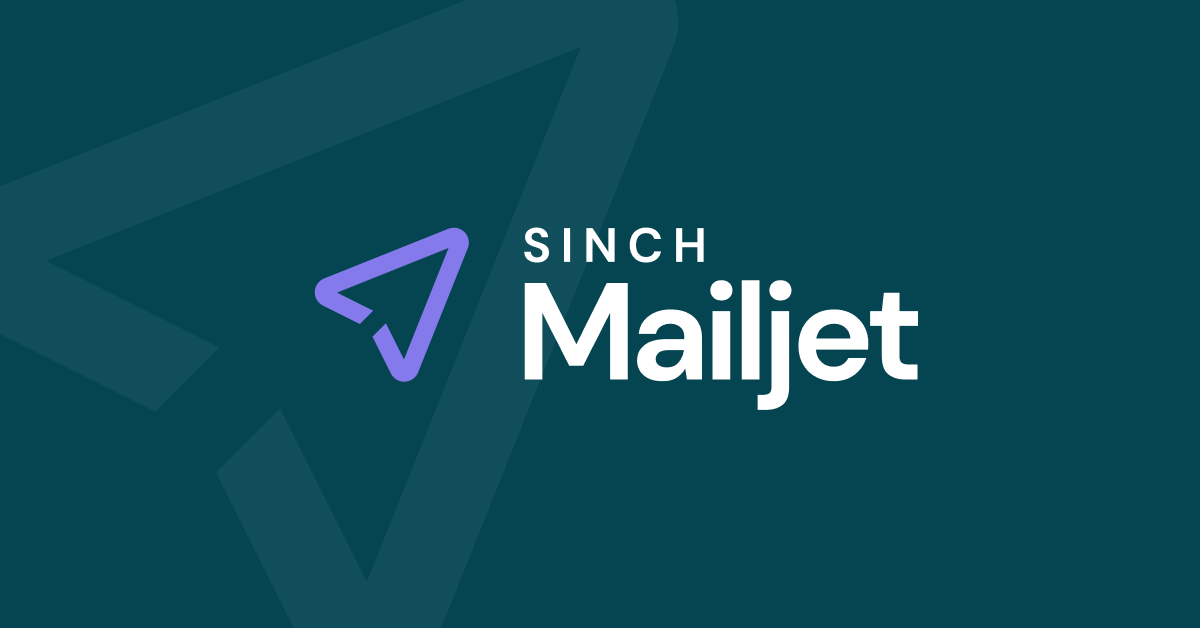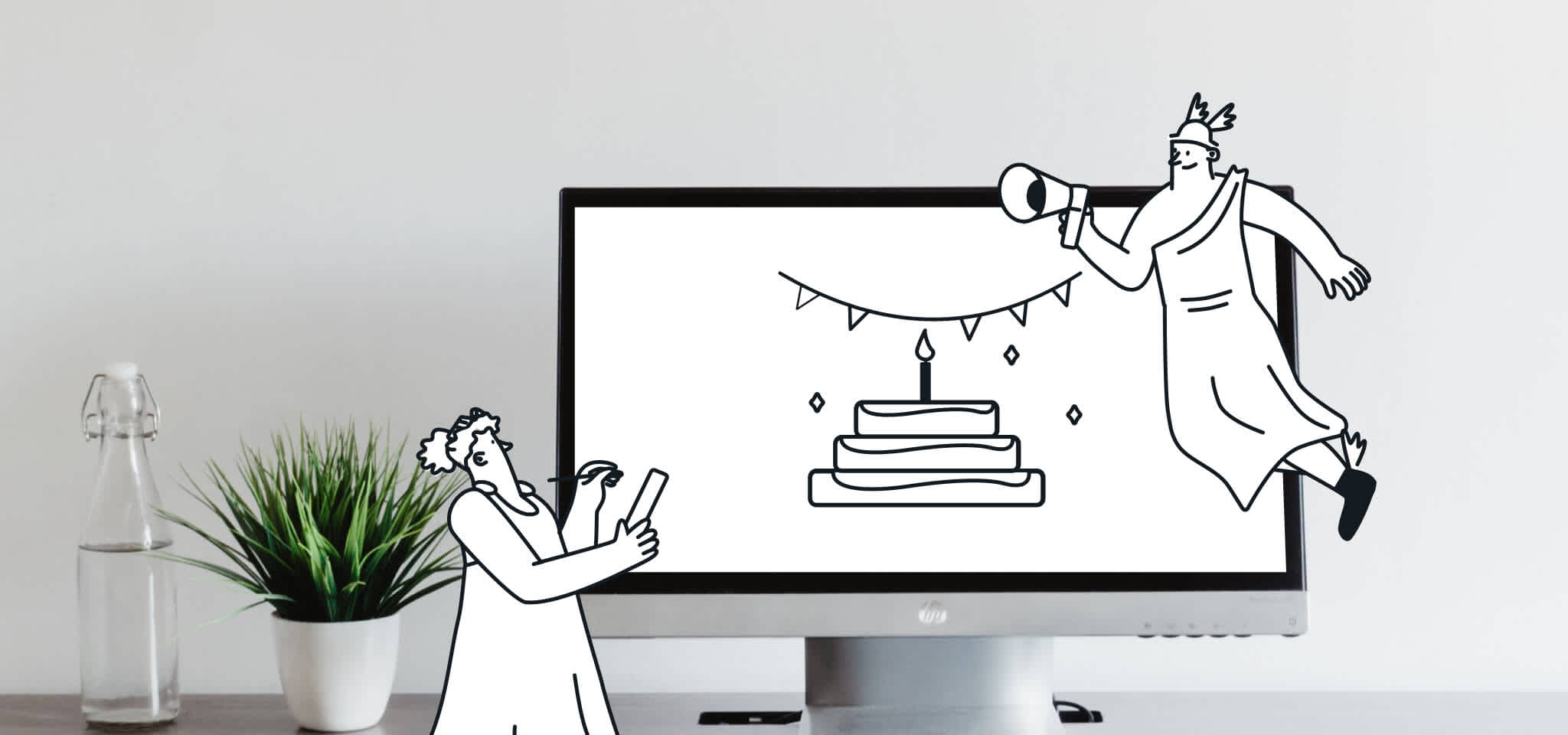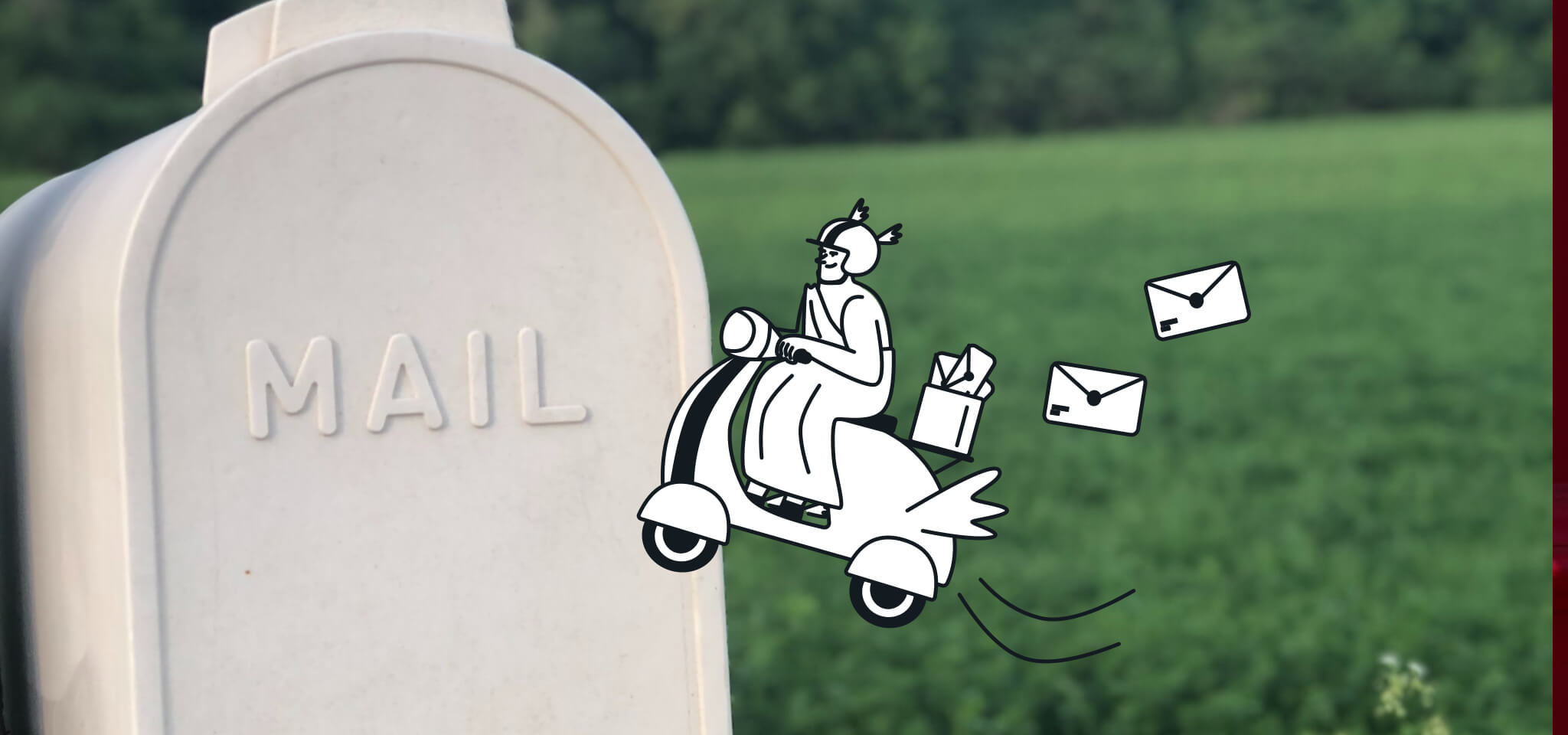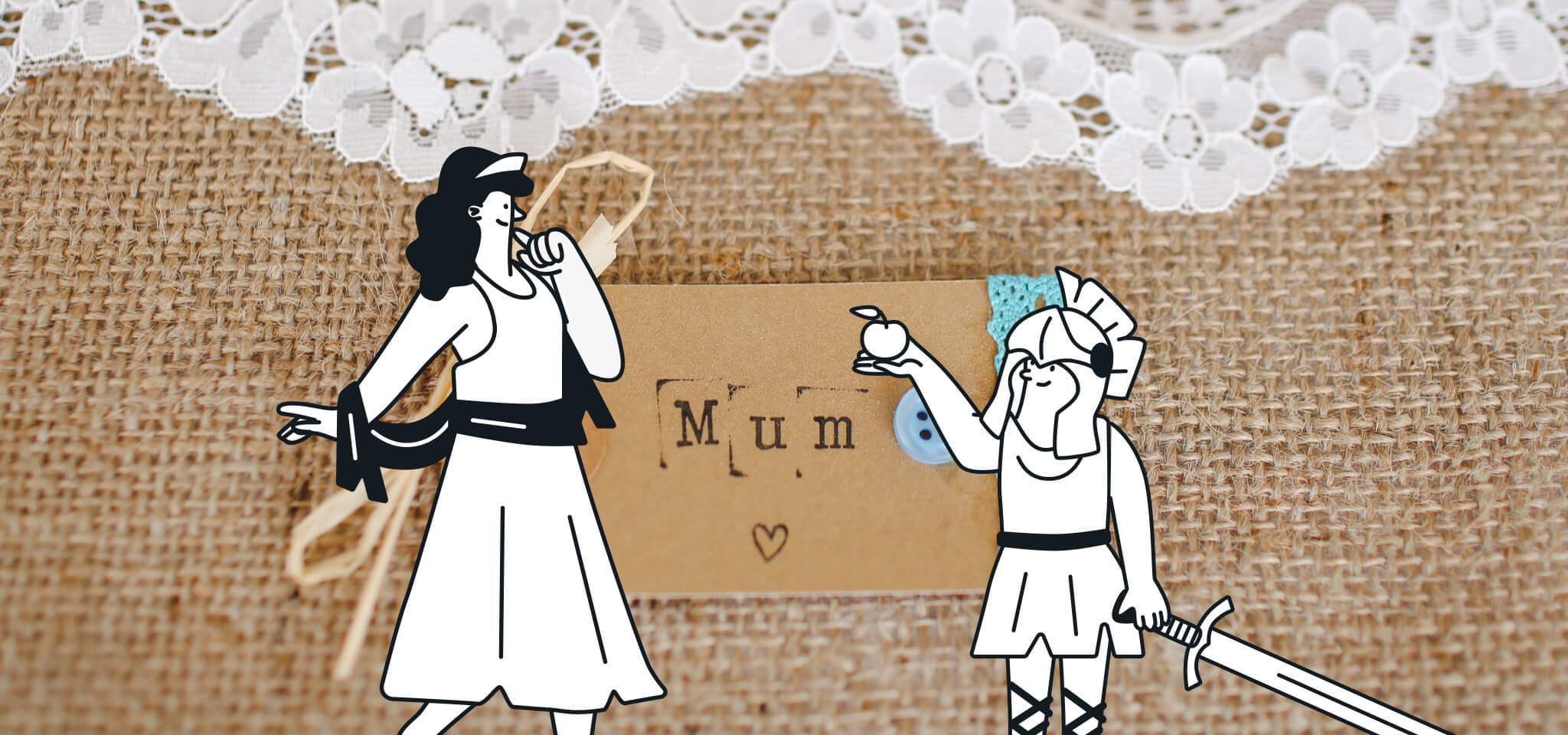Home
The Mailjet Blog
Email best practices
10 First-Rate Newsletter Introduction Examples + Best Practices
Email best practices
Here’s how to write the best newsletter introductions (with examples)
Crafting an introduction that captures your reader's attention can be a challenge, but the rewards are worth the effort. A well-written newsletter intro can increase engagement, build relationships, and help grow your business.
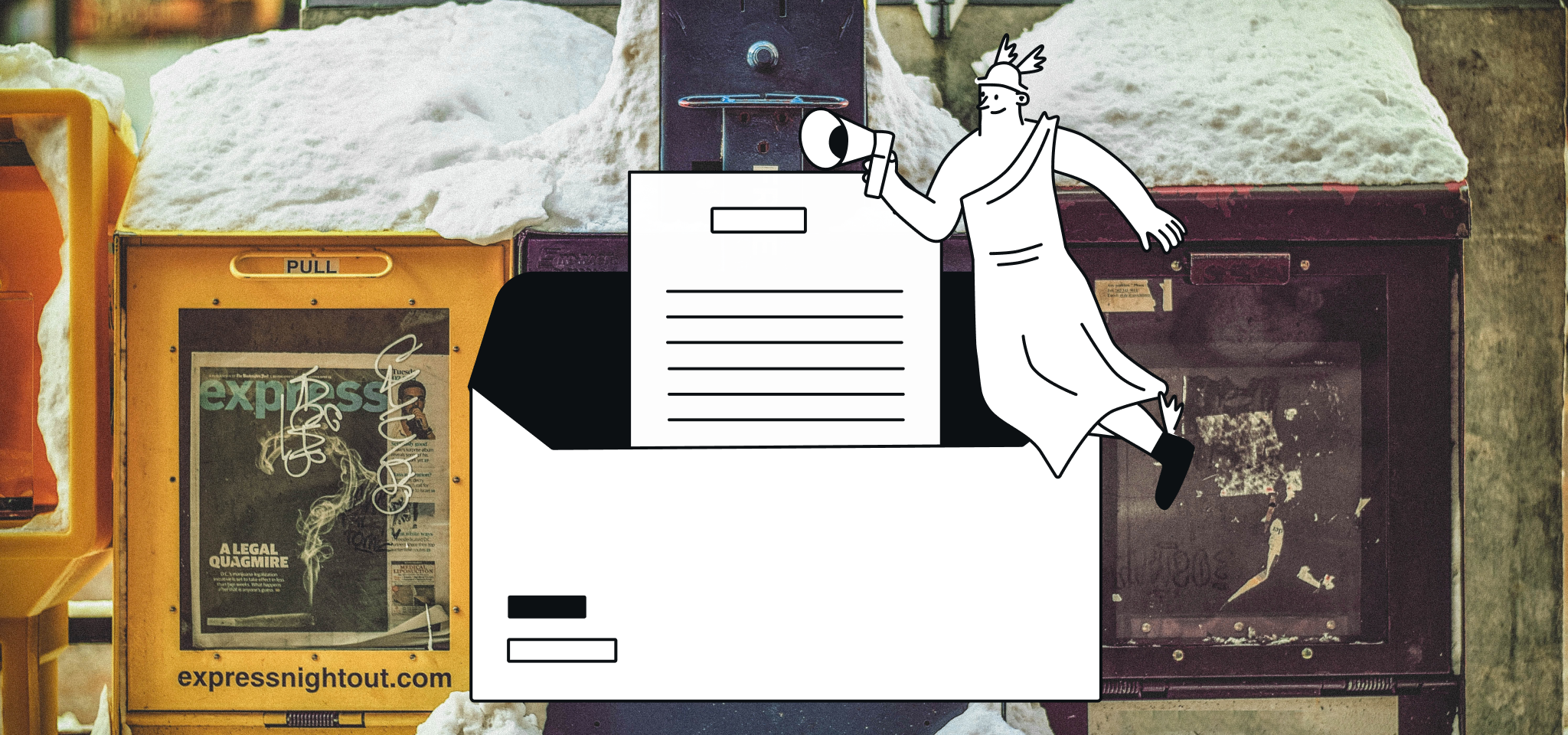
PUBLISHED ON
It can be hard to know where to start when trying to grow your business and increase brand awareness. Should it be content and SEO? The long-term benefits certainly make it a viable option. What about paid ads? You’ll struggle to find a channel that can bring such immediate results. However, while an omnichannel marketing approach – it’s email that has a has a proven track record of building customer relationships while offering an excellent return on investment (ROI).
But where do you start when deciding to design and create an email newsletter? How do you write a newsletter introduction? Let's look at some newsletter introduction examples, why your intros are so important, and how they can help drive results for your business.
Table of contents
1. A picture paints…
2. Open with a question
3. Get to the point
4. Keep it personal
5. Identify pain points
6. Data, Data, Data
7. Make a bold statement
8. Try opening with a GIF
9. A simple title will suffice
10. No intro at all!
Why a strong newsletter introduction matters
One of the essential aspects of an email newsletter is the introduction. In the same way the smell of a savory dish stimulates your senses and entices you to order, a powerful newsletter introduction makes your audience want more. Conversely, if a newsletter introduction is bland or uninteresting, the reader may exit after a few sentences.
While the introduction is a critical element of your newsletter design, it isn't the only essential feature. Studies show that 67% of newsletter recipients skip the introduction and go right to the main content. But the other 33% use the introduction to determine whether or not to keep reading, making it essential for capturing their attention.
Tips and examples on writing the best newsletter introductions
Crafting an effective newsletter introduction is essential for engaging your audience and building relationships. With the right tips and examples, you can create an introduction that captures your reader's attention, drives engagement, and helps grow your business. Let’s look at some newsletter introduction examples below:
1. A picture paints…
We know it’s a cliché as old as time “a picture is worth a thousand words” but images are, truly, a compelling way to pique a subscriber’s interest. You can use a blend of visual elements and shortened text to preview the newsletter’s content and entice people to read on.

This example of a Easter newsletter from Tattly immediately captures readers attention
2. Open with a question
After coming across a question that piques your interest, what’s the first thing you want to do? Find the answer, right? The same is true for your readers.
So, by starting your newsletter introduction with a provocative question you can capture the subscriber's curiosity and oblige them to read on. The only way they’re going to be able to find the answer is by finishing reading the email.

By opening your newsletter introduction with a question, you create anticipation for the answer, which can only be found by pressing on with the email
3. Get to the point
As email marketers, sometimes we tend to waffle a bit. Instead, park that urge for a second and try providing readers with concise, tangible benefits that pique their interest and make them want to read on.
People are often busy and don’t want to get bogged down in an overly fluffy introduction without value. You risk your email heading straight to the bin. But a well-balanced intro with pertinent info and the right amount of charisma ensures readers keep going.
Carol Tice from The Freelance Writer's Den shows us how in this newsletter article example:
Hi [First name], This week, we've got a podcast with Stefan Pallios, author of the new book The 50 Laws of Freelancing. He and Den admin Jennifer Roland talked about that book, his freelancing career, and how he manages such ambitious side projects alongside a full slate of clients. Check it out in the Resource Library.
4. Keep it personal
We all know the power of personalized email marketing. With how crowded inboxes have become, competition is fierce for your subscribers’ attention. So, by taking a personal approach to your newsletter introductions tells your customers that you understand their needs and makes you more relatable. Generic introductions for the masses lack warmth and make you come across as a bit lazy.
Here are a couple of newsletter introduction examples that demonstrate a level of personalization:
"Dear Ms. Henderson – As a retiree, we know how important it is to make sure your money stretches as far as possible. That's why Donald, your investment consultant, would like to discuss money management techniques that can ensure that your present and your future are as comfortable as they can be. Please call our offices to schedule an appointment at your convenience."
This one from Kay Peacey’s weekly email marketing newsletter is also personalized, speaking directly to a subscriber’s needs (notice she also kicks thing off with a question).

5. Identify pain points
We’ve just talked about how impersonal email communication can earn you a one-way ticket to recycle bin. So, touching on a common interest or subscribers’ pain point in your newsletter introduction at least buys you a bit of time. Again, with how competitive inbox space has become you need to immediately demonstrate your newsletter’s value if it’s to have a consistent readership.
Below is an example of an introduction by Sarah Turner geared toward copywriters.
"These are the top 10 books that EVERY copywriter MUST read. These books were crucial for my growth as a copywriter & an entrepreneur, and I hope they'll be just as important to you."
6. Data, Data, Data
Numbers, by nature, are inherently eye-catching when added to a newsletter introduction. They tend to highlight interesting or noteworthy points and set the stage for what’s come, piquing subscribers’ interest much like an opening question.
To prove just how effective data can be, LinkedIn performed an A/B test where they compared the use of statistics in newsletter headlines with click-through rates (CTRs).
The two headlines read:
Headline A: 75% of B2B buyers rely more on content to make purchasing decisions than they did a year ago.
Headline B: B2B buyers rely more on content to make purchasing decisions than ever before.
They discovered that statistics have a significant impact, with Headline A producing a 37% higher CTR and a 162% increase in impressions.

Try introducing data into your newsletter introduction. A surprising or stand-out statistic can immediately capture a reader’s attention
7. Make a bold statement
A practical email newsletter introduction is about drawing in the recipient and encouraging them to keep on reading. And making a bold statement in your intro does just that. Using a striking statement evokes a response from your target audience and captures readers' attention.
Here's an example from Sarah Peck's Startup Parent:
"Truth talk: the world of work was not made for working parents."
8. Try opening with a GIF
If a picture is worth a thousand words, how many do you think a GIF could account for? Two thousand? Three thousand? Terrible dad-worthy jokes aside, GIF’s are an incredibly powerful tool in an email marketer’s arsenal. Its ability to quickly convey information in a somewhat non-orthodox way draws reader’s in, making them a great option for newsletter introductions.
Let’s take a look at this example from SeatGeek’s mother’s day email campaign. The GIF reveals a short message exchange between mom and daughter. It’s like you’re witnessing a story unfold, which draws you in and encourages you to watch until the end. Doing so means the newsletter has done its job!

The gradual introduction of the scrolling text makes reader’s stick around longer to find out how this mother’s day email pans out
9. A simple title will suffice
Sometimes brevity is King, and a well-crafted, shortened title can often effectively convey a newsletter's content and purpose. We love this example from Joe Pulizzi’s popular content newsletter, The Tilt:
“Welcome to The Tilt, a twice-weekly newsletter for content entrepreneurs”
It immediately defines the purpose of the newsletter and the target audience – content entrepreneurs. This means readers quickly understand if the newsletter is relevant to them.
Also, by stating that it's a "twice-weekly" newsletter, it sets the expectation for how often subscribers will receive updates. We like the fact they manage reader expectations from the get-go, too, which will encourage consistency in readership.

10. No intro at all!
A bit rogue, right? Considering this a post about newsletter introductions. However, sometimes, cutting out the middleman is just what’s needed. Now, we’d only recommend employing this tactic in certain situations. For example, in a weekly blog round up, where your audience already knows what to expect from your newsletter.
They’re interested in getting straight to the content and would likely skip over your introduction regardless. However, this is something you’d have to A/B test yourself before rolling out long term across your newsletter strategy.

We’ve found that our newsletter subscribers like to get to straight to the point. So, we did away with the intro instead opting for a clear, shortened title
How Sinch Mailjet makes email marketing easy
Coming up with an effective email marketing strategy takes effort. Most of us juggle several different duties and have a limited amount of time and resources. So, even if you read our internal newsletter introduction examples, you may still be wondering how to write a newsletter.
But Sinch Mailjet makes email easy. If you need help figuring out where to start, check out our 50 newsletter ideas to create engaging emails. Discover practical newsletter elements and find the best way to convey your brand persona.
To further hone your skills, we'll show you how to create a newsletter, optimize it, and provide real-world examples. Then, when you're ready to write your first newsletter, look no further than our free drag-and-drop Email Editor. It provides eye-catching newsletter templates, easy-to-use editing, and seamless sending and analysis.
